In today’s inundated information age, the art of crafting engaging and original content stands as a paramount skill. Creative writing serves as the bedrock that elevates blogs from the noise, ensuring they not only capture attention but also resonate deeply with audiences, leaving an indelible mark. Statistics from the Content Marketing Institute reveal a resounding truth: 71% of marketers attribute paramount importance to creative content in driving audience engagement and connection.
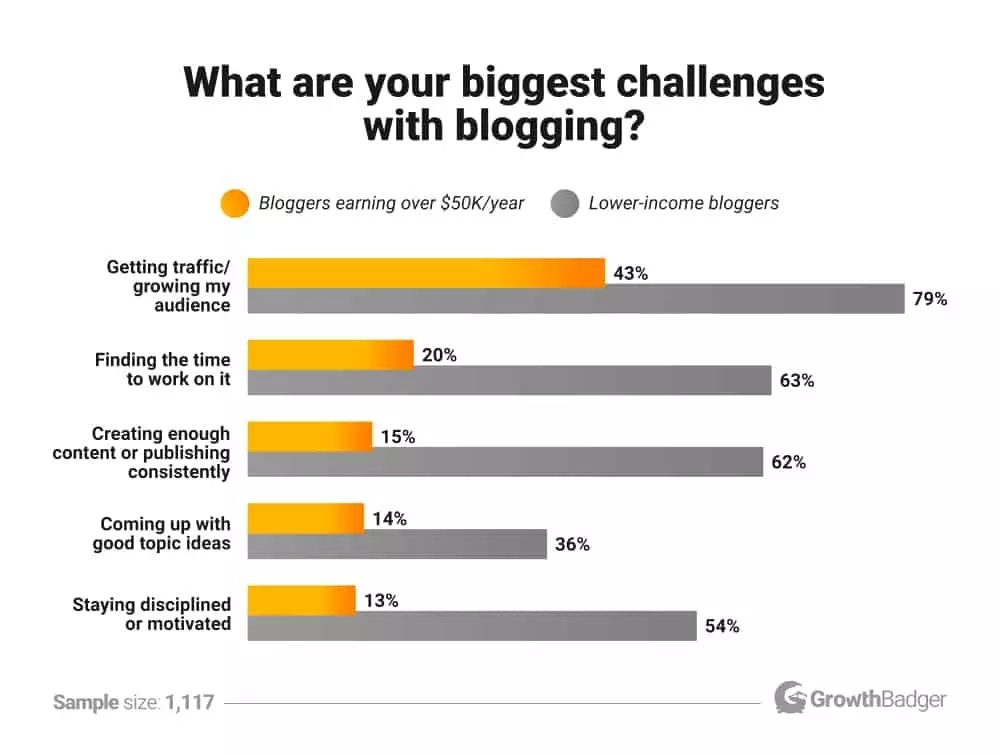
Strategies for Creative Blog Writing:
A. The Power of Storytelling:

National Geographic’s “Proof”
Explore National Geographic’s “Proof” section on their official website, where you’ll find a collection of visually stunning stories that delve into cultures, wildlife, and human experiences.
The Atlantic’s “In Focus”
Visit The Atlantic’s “In Focus” section on their website, curated by photojournalist Alan Taylor. This section showcases powerful photo essays that tell stories from diverse perspectives.
TED’s “Ideas Blog”
Discover TED’s “Ideas Blog” on their website, which features thought-provoking articles, personal stories, and insights from experts that complement their renowned talks.
The New York Times’ “Modern Love”
Head to The New York Times’ “Modern Love” column on their website or explore their podcast series that dives into the complexities of relationships and human connections.
The Moth’s Podcast
Find The Moth’s podcast on various podcast platforms such as Apple Podcasts, Spotify, or their official website. It features live storytelling events where individuals share personal experiences and anecdotes.
B. Visual Appeal and Multimedia Integration:

Elevating content with visual elements enhances its impact. Tools like Canva offer intuitive platforms for creating visually stunning graphics, while advanced tools like Adobe Premiere Pro empower creators in crafting immersive video content. Explore the Buffer blog for noteworthy examples showcasing the seamless integration of impactful visuals within blog content.
C. SEO and Creativity:
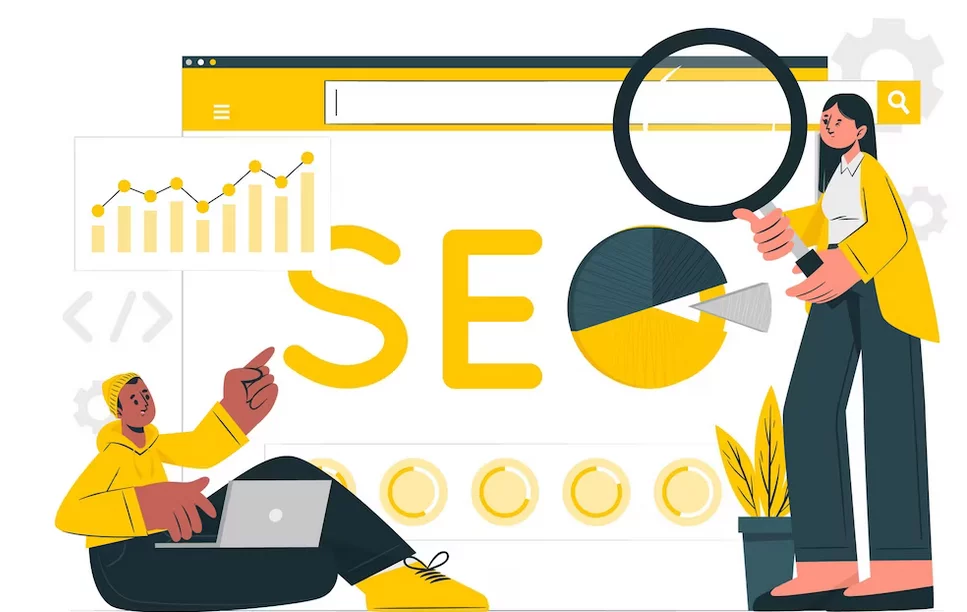
Balancing SEO strategies with creativity is essential for effective content. Platforms like WordPress offer SEO plugins such as Yoast SEO that aid in optimizing content while maintaining its creative essence. Dive into the content on Backlinko to explore exemplary content that excels in both SEO strategy and creative storytelling, showcasing a harmonious blend of visibility and engaging narratives.
D. Personalization and Audience-Centric Approach:

In the realm of content creation, understanding your audience is akin to wielding a compass in uncharted waters. Tools like Google Analytics or Hootsuite Analytics for social media provide a treasure trove of data. Dive deep into demographics, user behavior, and engagement metrics. Uncover the threads of interest, the peaks of interaction, and the valleys of disengagement within your audience landscape. This data becomes the palette with which you paint your content canvas, allowing for the creation of tailored narratives, addressing specific pain points, and igniting passions aligned with your audience’s desires.
E. Consistency and Quality:

Consistency is the metronome that orchestrates the rhythm of your content strategy. However, it’s not merely about churning out content; it’s about refining each piece to gleam like a polished gem. Every article, video, or post should shimmer with meticulous research, captivating storytelling, and impeccable presentation. This commitment to excellence, coupled with a consistent posting schedule, becomes the cornerstone upon which trust and anticipation are built among your audience. It’s the reliability of quality that keeps them coming back, eagerly awaiting your next creation.
F. Collaborations and Diverse Perspectives:

Like a mosaic composed of varied tiles, collaborations enrich the tapestry of your content. Engaging with experts, influencers, or professionals brings a kaleidoscope of perspectives to your platform. It’s not just about borrowing credibility; it’s about expanding horizons, infusing fresh ideas, and welcoming diverse viewpoints into the conversation. This tapestry becomes more vibrant and inclusive, resonating with a broader audience spectrum and fostering a sense of belonging and understanding among various communities.
G. Adaptability and Innovation:

The landscape of content creation is an ever-shifting terrain, and staying stagnant is akin to being lost in the tide. Embrace the pulse of innovation and adaptability. Explore emerging formats, experiment with avant-garde storytelling techniques, and embrace new platforms that resonate with the evolving tastes of your audience. Whether it’s through interactive visual storytelling on Canva or harnessing the trendsetting potential of platforms like TikTok or Clubhouse, innovation breathes life into your content, making it a beacon in the sea of digital noise.
H. Feedback and Iteration:

Picture your audience as co-creators, the architects of your content’s evolution. Encouraging their feedback through avenues like SurveyMonkey or utilizing polls and comment sections on social media transforms content creation into a collaborative dance. It’s a dialogue, a continuous loop of improvement fueled by their insights, preferences, and critiques. This iterative process ensures that your content remains a living, breathing entity, always aligning itself with the dynamic desires and aspirations of your audience.
Techniques for Creative Writing
A. Writing Style and Tone:
Exploring diverse writing styles and tones can elevate the appeal of your content. Examples from platforms like Medium or publications such as The New Yorker offer insights into various writing styles. Compare the impact of a conversational tone, fostering a sense of familiarity and engagement, versus a formal tone that exudes authority and professionalism.
B. Interactive and User-Engaging Content:
Enhancing user engagement through interactive content is a powerful strategy. Platforms like BuzzFeed employ quizzes that captivate and entertain audiences. Delve into the content on Ahrefs’ blog to witness the art of crafting interactive content that not only educates but also captivates users, fostering a dynamic and engaging experience.
C. Repurposing Content Creatively:
Transforming existing content into diverse formats amplifies its reach and impact. Tools like Anchor enable the conversion of blog posts into engaging podcasts, tapping into the auditory senses of audiences. Gain insights into repurposing content across various formats by exploring the content strategies on HubSpot’s blog, showcasing innovative ways to recycle and reimagine existing content to resonate across different platforms and audiences.
Tools and Plugins for Creative Blogging:
1. Crafting Visual Excellence: Canva
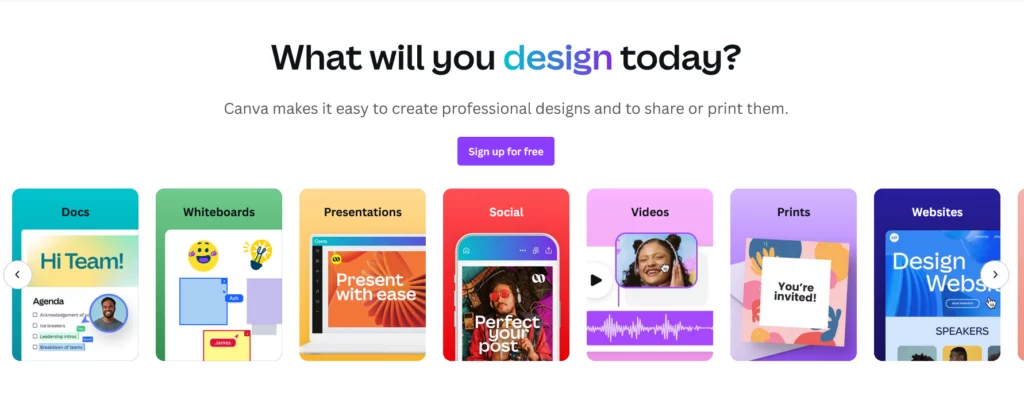
Canva emerges as a beacon for creators, offering a treasure trove of templates, design elements, and intuitive tools to transform concepts into captivating visuals. From striking social media graphics to professional-looking presentations and eye-catching blog banners, Canva empowers writers to breathe life into their ideas visually. Delve into their comprehensive tutorials and design school to master the art of visual storytelling, where mundane concepts metamorphose into visually stunning narratives.
2. Refining Language and Style: Grammarly

For writers striving for immaculate grammar, impeccable style, and polished prose, Grammarly is a trusted ally. This tool acts as a vigilant guardian, meticulously scrutinizing written content for grammar errors, suggesting improvements in style, tone, and clarity. Its real-time feedback enhances the precision of language usage, ensuring that every word resonates with impact. Explore the blog for invaluable tips and insights, witnessing how Grammarly refines ordinary text into compelling and eloquent narratives.
3. Orchestrating Social Media Engagement: Hootsuite and Buffer
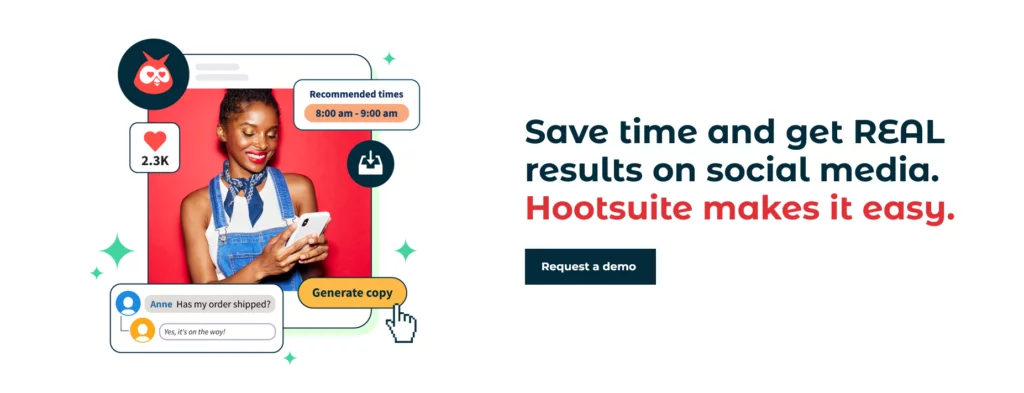
In the digital symphony of social media, Hootsuite and Buffer conduct the orchestra of content dissemination with finesse. These tools empower writers to schedule, analyze, and engage across multiple social media platforms seamlessly. Dive into insightful case studies on platforms like Sprout Social, where successful social media strategies crafted with these tools illuminate how they amplify audience engagement and refine content dissemination strategies.
4. Repurposing Content Creatively: Anchor

Anchor emerges as a game-changer, enabling writers to repurpose written content into engaging podcasts. This transformation taps into the auditory senses of the audience, broadening the reach of content across diverse mediums. Discover innovative ways to recycle and reimagine existing content by exploring strategies on platforms like HubSpot’s blog. Witness how content can transcend formats, resonating across various platforms and audiences.
5. Enhancing Visual Storytelling: Adobe Spark
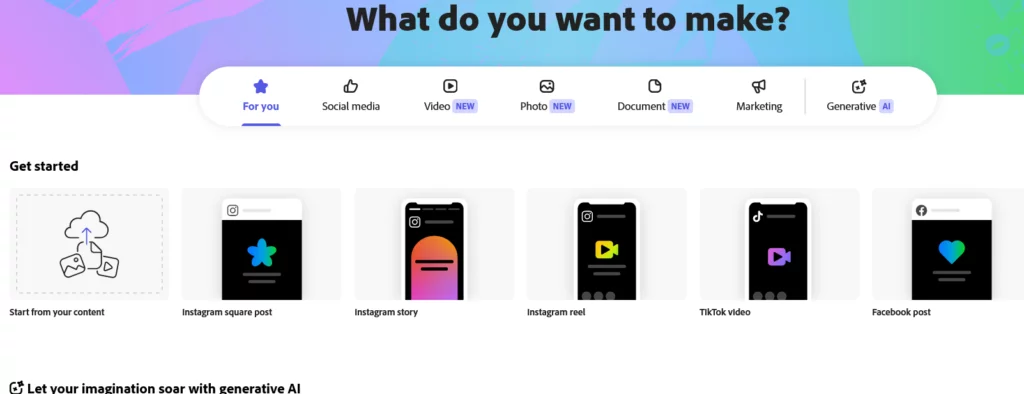
Adobe Spark emerges as a powerhouse for visual storytelling, offering a suite of tools to create stunning graphics, web pages, and videos effortlessly. Its user-friendly interface and diverse templates enable writers to craft visually engaging content that complements their narratives. Dive into Adobe Spark’s tutorials and community forums to harness the full potential of this tool, transforming ideas into captivating visual stories.
6. Organizing Thoughts and Ideas: Evernote

Evernote serves as a digital notepad, allowing writers to capture ideas, snippets of inspiration, and research materials in a single, organized space. Its versatility extends to clipping web articles, annotating images, and collaborating on projects with ease. Dive into Evernote’s productivity features, such as notebooks, tags, and search functions, enabling writers to streamline their creative process and access their ideas from anywhere.
7. Unleashing Creative Writing: Scrivener
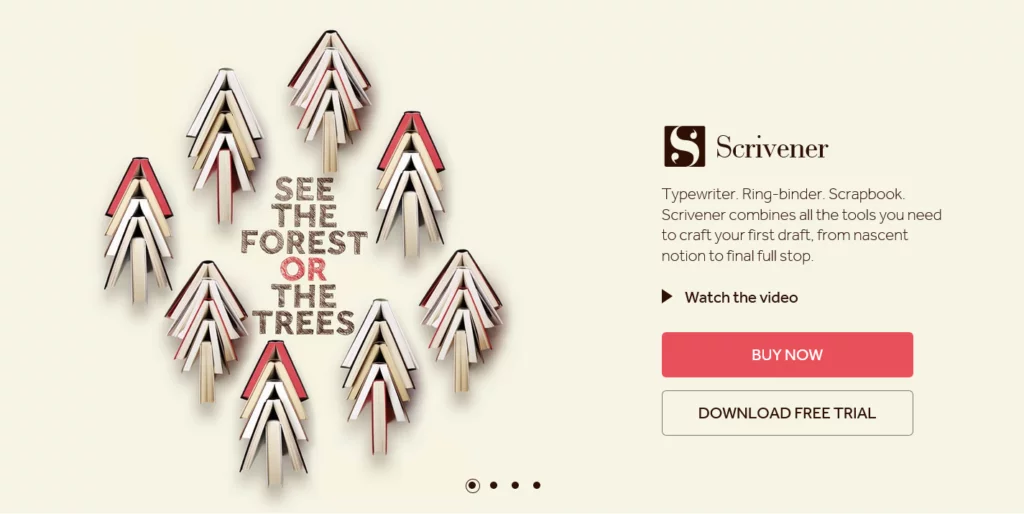
Scrivener stands out as a robust writing tool designed specifically for authors and content creators. Its features, such as the ability to organize research, create outlines, and draft chapters in a single interface, streamline the writing process. Explore Scrivener’s flexible structure and customization options, allowing writers to focus on their creativity without the distraction of formatting or organizational hurdles.
8. Harnessing Audio for Creativity: Audacity
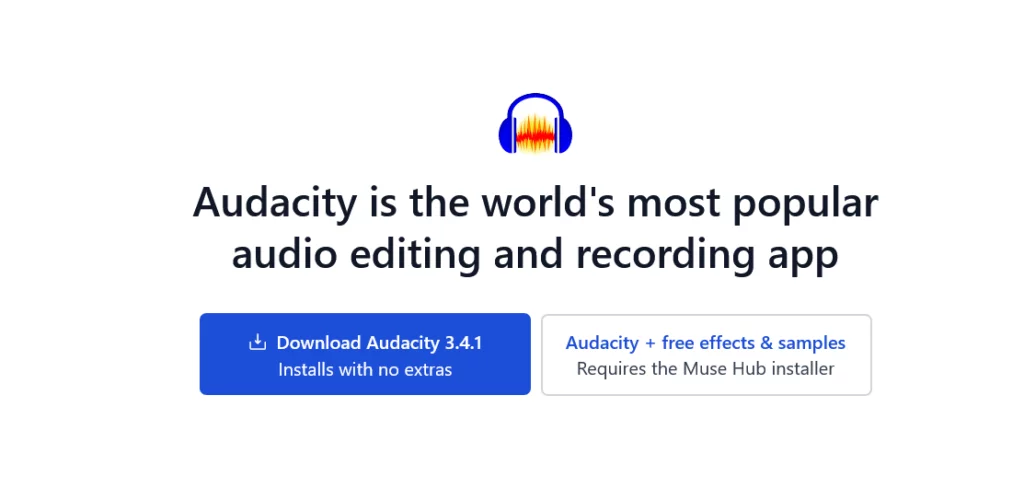
Audacity presents a versatile platform for writers to explore the auditory dimension of storytelling. This free, open-source audio editing software enables the creation of podcasts, voice-overs, or soundscapes to complement written content. Delve into Audacity’s tutorials and user guides to discover its potential in enhancing narratives through compelling audio elements.
9. Streamlining Editing and Collaboration: Google Workspace
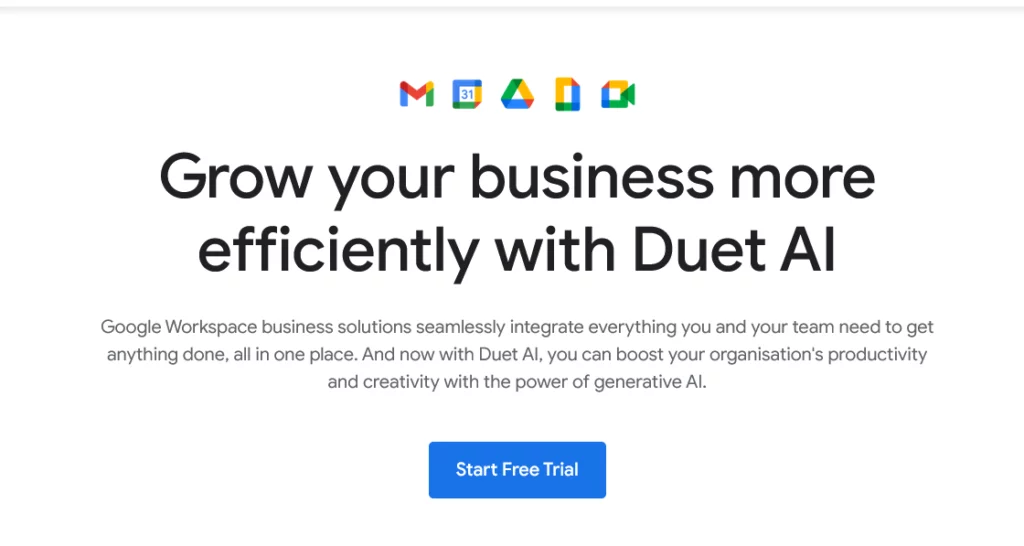
Google Workspace, comprising tools like Google Docs, Sheets, and Slides, fosters seamless collaboration and editing. Writers can collaborate in real-time, share feedback, and refine content effortlessly. Explore Google Workspace’s features, including suggested edits, comments, and revision history, facilitating a collaborative environment for writers and editors alike.
Conclusion:
In the dynamic realm of blogging, creativity serves as the linchpin that elevates content from ordinary to extraordinary. These tips and tools open doors to a world of possibilities, enabling writers to craft compelling narratives that captivate audiences across diverse platforms. Whether it’s visually stunning graphics with Canva, refined prose with Grammarly, or the orchestration of social media engagement through Hootsuite and Buffer, each tool and strategy showcased here empowers bloggers to infuse their content with innovation and resonance.
Remember, creativity knows no bounds. It’s about exploring, experimenting, and embracing the uniqueness of your voice. From repurposing content creatively to harnessing audio and video elements, the possibilities are endless. Let these tips spark your creativity and pave the way for an exciting journey of storytelling through your blog.
FAQs on Creative Blogging:
How do I stay consistent with creative content creation?
Consistency stems from planning and dedication. Create a content calendar outlining topics, allocate time for ideation, and experiment with different formats. Set achievable goals and hold yourself accountable.
How can I overcome writer’s block and boost creativity?
Explore diverse sources of inspiration: read, watch, listen, and engage with various mediums. Take breaks, practice mindfulness, and allow yourself to step away from the screen to rejuvenate your creative energies.
Are these tools and platforms beginner-friendly?
Absolutely! Many of these tools offer user-friendly interfaces and tutorials to help beginners navigate and leverage their features effectively.
What if I’m not adept at design or technical aspects?
Don’t worry! Most tools mentioned offer intuitive interfaces and comprehensive guides. Additionally, many have communities or forums where users share tips and support each other.
How can I measure the success of my creative blogging efforts?
Define key metrics aligned with your goals: engagement rates, audience growth, shares, or conversions. Analyze platform-specific analytics and feedback from your audience to gauge the impact of your creative endeavors.
Can these tips apply to any niche or industry?
Absolutely! Creativity transcends boundaries. While strategies might vary, these tips are adaptable across niches, allowing bloggers in diverse fields to infuse creativity into their content.



